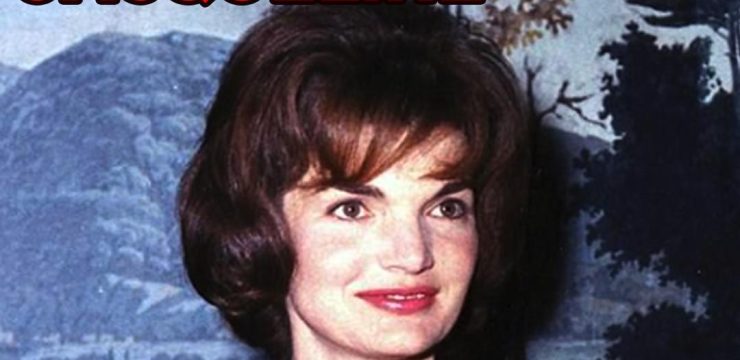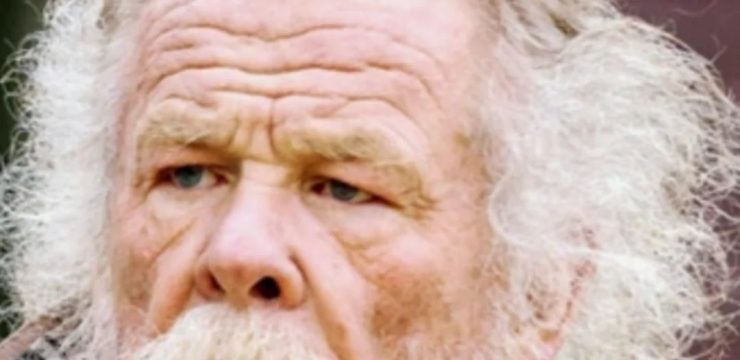Haley Joel Osment: The Evolution from Beloved Child Actor to Accomplished Performer
Haley Joel Osment’s journey through Hollywood is one of remarkable transformation, resilience, and growth. Recognized initially as a lovable child star, Osment has transitioned into a nuanced and respected actor, now acknowledged not only for his iconic early roles but for his evolution into an adaptable performer. His career, spanning nearly three decades, has been marked by a series of turning points, each bringing him closer to his current place as a skillful actor with a diverse portfolio.
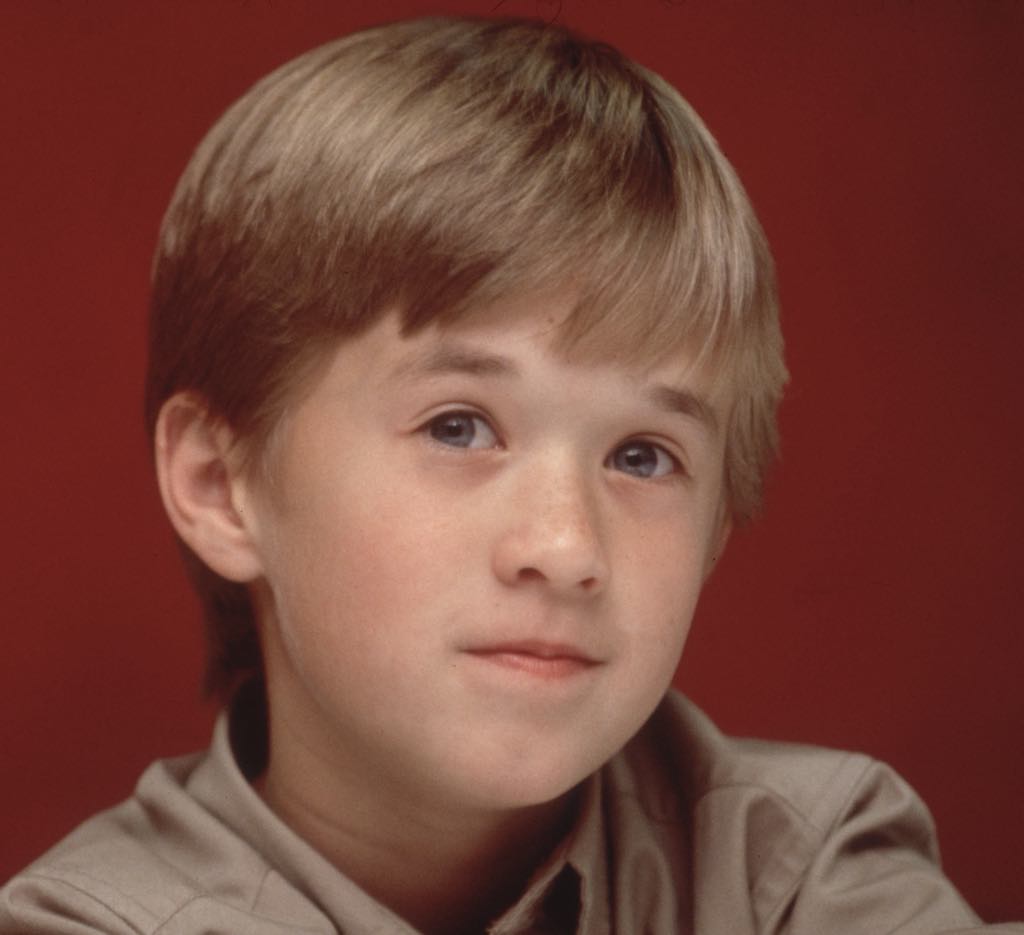
Early Career: 1994–1997
Osment’s Hollywood journey began when he was just five years old, with a small role in the classic film “Forrest Gump” (1994). Though brief, his role as Forrest Jr., the son of Tom Hanks’ character, showcased his ability to portray subtle emotion. This early exposure allowed Osment to enter the industry with an unusual maturity for someone so young, catching the attention of casting agents and directors alike. From that point on, Osment quickly became known for his cherubic face and expressive performances, attributes that made him a natural fit for emotionally intense roles even at a young age.
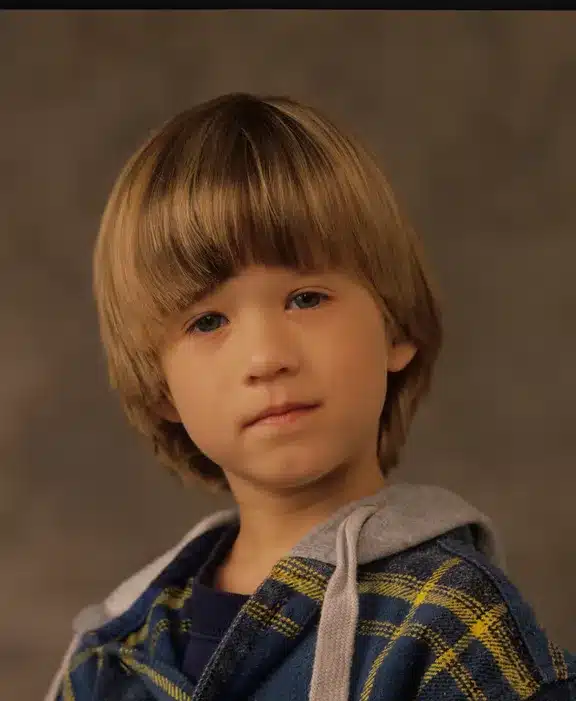
Critics and audiences recognized Osment’s rare ability to balance innocence with emotional depth, a combination that elevated him in Hollywood as a child actor. He became a fixture in family-oriented films and television shows, solidifying his reputation as a young talent to watch. His performances exuded a compelling innocence that drew audiences in, making them feel connected to his characters in a uniquely personal way.
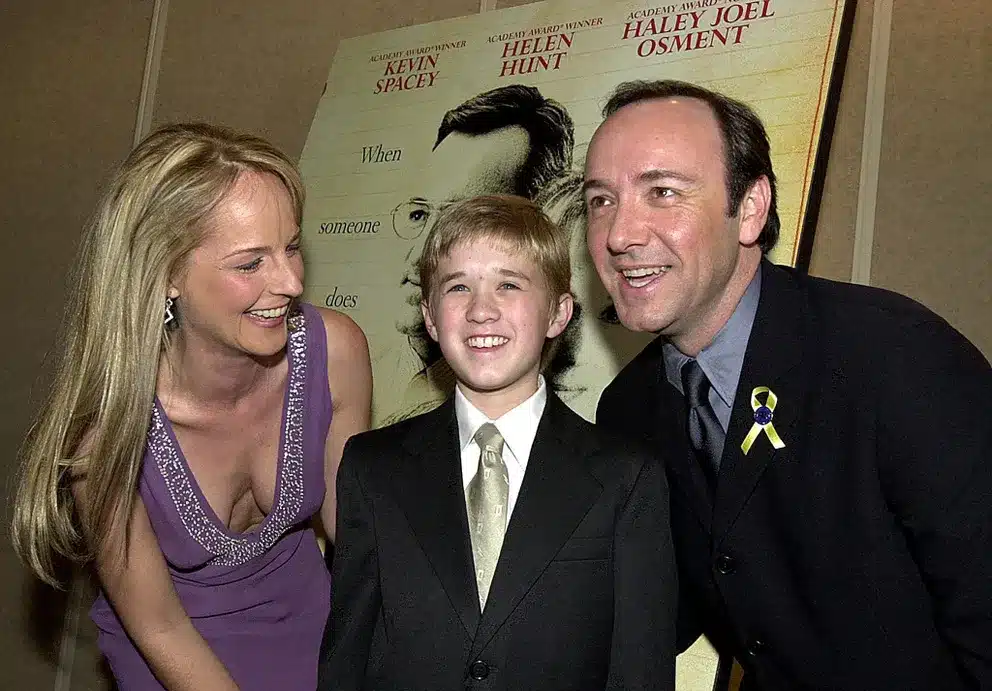
The Breakthrough Moment: 1999 with “The Sixth Sense”
In 1999, Haley Joel Osment’s career underwent a seismic shift with the release of M. Night Shyamalan’s psychological thriller, “The Sixth Sense.” His portrayal of Cole Sear, a young boy haunted by visions of the dead, became an iconic role that would define his early career. Osment’s haunting line, “I see dead people,” has since become one of the most memorable movie quotes in cinematic history, resonating with audiences around the world and capturing the essence of his character’s struggle.

The role catapulted Osment to international fame, making him one of the most talked-about young actors in Hollywood. His performance, which combined vulnerability with a chilling intensity, earned him critical acclaim and an Academy Award nomination for Best Supporting Actor—an extraordinary achievement for an actor of his age. Many industry insiders and fans alike marveled at his ability to convey complex emotions, predicting a promising future for the young star. The film’s success made Osment a household name, and it opened doors to more substantial roles that would allow him to further hone his craft.
Transition to Adolescence and Expanding His Range: 2000s
As he transitioned from child star to young adult, Osment faced the challenges typical of many actors growing up in the public eye. His voice deepened, his appearance changed, and he began searching for roles that would suit his evolving image and abilities. Determined to avoid being typecast, Osment made thoughtful choices, gravitating toward complex roles that showcased his versatility. He appeared in films like “Pay It Forward” (2000) and “A.I. Artificial Intelligence” (2001), where he continued to impress audiences with his ability to embody characters far beyond his years.

During this time, Osment also navigated the pressures that come with fame at a young age. He attended the Academy Awards, continued to receive nominations, and remained a prominent figure on Hollywood’s radar. While many young actors struggle with the transition to adulthood in the film industry, Osment approached this phase with maturity, maintaining a focus on acting that would serve him well as he faced the challenges of the mid-2000s.
Challenges and Personal Growth: 2006–2012
Despite his early success, Osment’s journey was not without setbacks. In 2006, he encountered legal issues, including a DUI arrest that drew significant media attention. The incident, though challenging, became a turning point in his life. Rather than allowing the negative publicity to define him, Osment used this period as an opportunity for personal growth and self-reflection. He took time away from the spotlight, focusing on his well-being and re-evaluating his career goals.
During this hiatus, Osment returned to his studies, enrolling in New York University’s Tisch School of the Arts, where he studied experimental theater and developed a renewed appreciation for his craft. This period of introspection allowed him to reconnect with his passion for acting, refining his skills and preparing for a return to Hollywood on his own terms. His time at Tisch helped him transition into a more mature artist, bringing a deeper understanding of the complexities of character development and performance.

By 2012, Osment was ready to re-enter the industry, this time with a fresh perspective. Rather than returning to the mainstream roles that had defined his early career, he began to seek out more diverse projects. His decision to participate in independent films and offbeat television shows allowed him to rebuild his career, demonstrating his range and adaptability as an actor.
Osment’s Career Resurgence and Continued Success: 2013–Present
In the years following his return, Osment embarked on a series of roles that showcased his willingness to take creative risks. His work in independent films, as well as appearances in popular television series like “Entourage” and “The Spoils of Babylon,” highlighted his ability to play a variety of characters, from comedic to darkly dramatic. These roles marked a departure from his earlier career and established him as a versatile performer who was no longer confined to the child star image of his youth.

One of his standout performances during this period was in the dark comedy “Tusk” (2014), where he played a character far removed from the innocent roles of his early career. This role was a testament to Osment’s ability to reinvent himself, showing audiences a different side of his talent. He continued to take on roles that allowed him to explore complex characters, proving that he had evolved not only as an actor but as an artist with a deep understanding of his craft.
In recent years, Osment has continued to expand his portfolio, with roles in films and television that underscore his versatility and commitment to his work. His transformation includes a physical change, with a neatly groomed beard and an adult demeanor that complements his new roles. Fans and critics alike admire his resilience and dedication, acknowledging the depth and authenticity he brings to his performances.
Looking Back and Ahead: Haley Joel Osment’s Lasting Impact
From his beginnings as a child prodigy to his present standing as an accomplished actor, Haley Joel Osment’s career reflects a journey of growth, adaptability, and resilience. His ability to navigate the challenges of Hollywood, from early fame to personal setbacks, has allowed him to mature into a respected figure in the entertainment industry. Osment’s continuing presence in Hollywood serves as a testament to his enduring talent and commitment to his craft, qualities that have endeared him to a generation of fans who have followed his journey.

As he moves forward, Osment remains open to new roles that will challenge him and allow him to further develop as an artist. His journey is a reminder that the path to success is often non-linear, marked by both triumphs and trials. For audiences, Osment’s career serves as an inspiring narrative of personal and professional evolution, demonstrating that growth is possible at every stage of life.
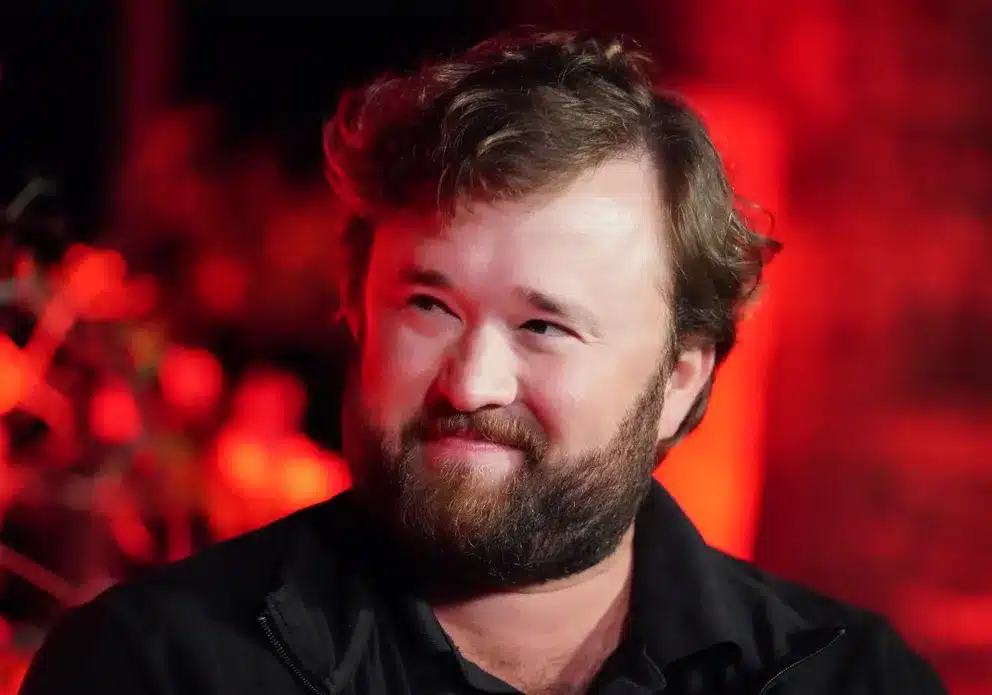
Today, Haley Joel Osment stands not only as a testament to early talent but as a symbol of resilience and reinvention. His story is one that resonates with audiences who appreciate the depth and humanity he brings to his roles, making him not just a memorable actor from their childhoods but a performer they continue to respect and admire.



